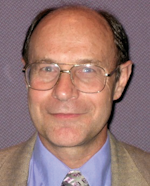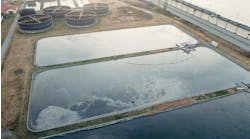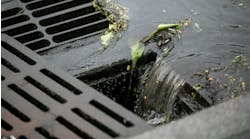About 40 years ago, an in-house team of mathematicians and engineers built an optimization model for the steam and power system at one of my company’s sites. It required manual data entry, took more than an hour to solve, and was quite revolutionary for its time. It provided the minimum-cost operating strategy for the plant in real time — well, almost real time.
We didn’t talk about “the digital transformation” back then, but it was happening before our very eyes. Since then, advances in computer hardware and software, as well as the shift of instrumentation and controls from analog to digital technologies, have resulted in great leaps in the capabilities of optimization systems.
Most optimizers today use commercial software packages. Optimizations that used to take an hour or more now only require seconds, or at most a few minutes, on laptop computers. Although many optimizers still use manual data entry, automated systems that access live plant data are widely deployed. However, utility systems are notoriously lacking in effective metering, and measurement errors are widespread, so data reconciliation is essential to account for imbalances and missing data points. Generally, steam/power optimizers are advisory, i.e., providing recommendations for plant operators to consider when making adjustments; a few optimizers exist that can directly adjust some control setpoints.
Large petrochemical and oil refining facilities typically house extremely complex steam and power systems. Such systems comprise boilers, steam headers, letdown valves, steam consumers, condensate recovery systems, and deaerators. They also include power-related equipment, such as steam and gas turbines, and an interface with the electric grid. Most optimization packages have mathematical models of the individual system components, supported by rigorous physical properties data. This enables them to create an accurate heat and material balance. Some models, often called “digital twins,” have dynamic simulation capabilities allowing them to replicate start-up, shutdown, trips, and other non-steady state conditions. This makes them useful for operator training and other applications, as well as optimization. (For more on the capabilities of digital twins, see “Deftly Deal with Dark Data.”)
Because you can run a steam and power system to satisfy the plant’s heat and power needs in a variety of different ways, an optimizer can help determine which option is “best,” which usually means “cheapest.” To do this, it needs the flexibilities or “degrees of freedom” in the system steam flows through letdown valves and steam turbines; loading of individual boilers and gas turbines; and the quantities used of different fuels (see May 2019’s “Get All Steamed Up”). In addition, some optimizers can handle on/off decisions for “optional” equipment — e.g., choosing whether to run a steam-turbine-driven pump or a motor-driven pump when both options are available. The optimizer also needs the “constraints” or practical limits on the plant’s operating envelope, which may stem from physical restrictions, or safety and reliability considerations. If a monetary optimization is required, it also needs price data. The optimizer can then determine which operating mode provides the lowest-cost solution. Alternatively, optimization can help minimize emissions or some other objective.
The savings from operational optimization of steam/power systems have typically been reported as around 3% of total site energy cost. This may not sound like much; however, the energy bill for a large complex may be over $100 million/yr, so significant dollar savings can result.
You also can identify opportunities for facility improvements. For example, the online steam/power system optimizer at a large petrochemical complex repeatedly hit a flow constraint in one particular steam header. The site installed a short bypass line to debottleneck the header and relieve the constraint. This resulted in hundreds of thousands of dollars in annual savings from a very modest investment. Optimizers for existing facilities can even run offline to evaluate possible scenarios (e.g., high rate and low rate; summer and winter); these studies can also lead to improvements. For similar reasons, optimizers serve in the design of new steam/power plants.
Do you have a steam/power system optimizer at your plant? If not, it is worth considering, especially if your system includes steam or gas turbines.
For more information, see, Alan Rossiter and Beth Jones, ‘Energy Management and Efficiency for the Process Industries,’ AIChE/John Wiley & Sons, Inc., Hoboken, New Jersey, 2015, Chapter 19.



